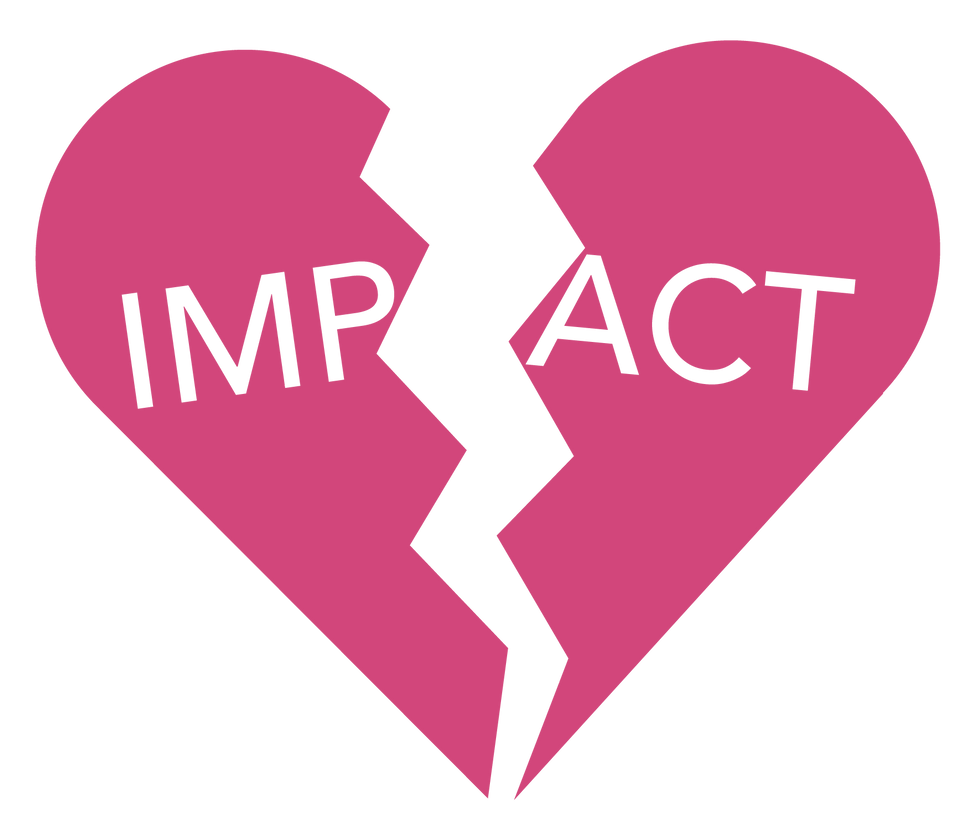How to reach out to publics or stakeholders when you have no idea how your research could help
- Prof. Mark Reed
- Oct 2, 2018
- 4 min read
Updated: Feb 21, 2020

Sometimes the first steps towards impact can feel a bit like a blind date. You’re each sizing each other up, second guessing each other’s motives and trying to find an opening line that will enable you get to know each other better (and not end in embarrassed silence). It doesn’t have to be like this. Even if you are doing non-applied arts and humanities scholarship or “pure” science, it is possible to start your journey towards impact with your eyes wide open, and find people who genuinely want to talk to you. A publics/stakeholder analysis works in a similar way to a dating site, taking out much of the guess work and increasing the likelihood that you’re talking to someone who is actually interested in what you have to offer. But even once you think you’ve identified someone who might be interested in your research, those first tentative steps can still be really nerve wracking.
I’ve reached out to a number of organisations in the past to try and find ways I could help them, and as research lead for a conservation charity I am often propositioned by hopeful researchers. Here’s what I’ve learned:
First, ask yourself if you already have any relevant contacts beyond the academy who you might be able to meet informally to discuss your research. Reach out in exploratory mode, framing your initial communications as such, rather than over-promising. The focus needs to be on finding out more about their needs and interests and working with them to identify ways you can make your work more interesting/useful to them or others like them
If you are starting from scratch, do a publics/stakeholder analysis to identify other academics in (or close to) your discipline who you know/think are more engaged with publics and stakeholder
Either invite them all to a workshop to do a publics/stakeholder analysis together with you, or invite them individually to meet you over tea/coffee and ask them the questions in publics/stakeholder analysis more informally (who might be interested in different aspects of my research, how influential could they be in helping me benefit others, how might they benefit themselves?)
These researchers should hopefully be able to tell you more about potential intersections between your research and the interests of key organisations they are familiar with, and enable you to develop a more targeted approach to the most important of these organisations. You should now be able to draft emails to different organisations framing your work differently, based on how you think it is most likely to resonate with their interests or organisational goals
Based on this exploratory work, identify the top 1-3 organisations/groups who you think are likely to be interested, influential and/or benefit most (these should in theory be most likely to respond at this early stage)
Request meetings with each group separately, framing your email around your understanding of their interests as they intersect with yours. Ask if you might be able offer some fairly specific contributions (that you think they would appreciate based on your publics/stakeholder analysis) as examples of the sorts of things you might be able to do (but keep things open in case you got this wrong). Explain that you would like to meet them to discuss their needs and interests.
It is important to point out that you don’t intend to charge for any help you provide and you are not looking for funding, as your research is already funded. As part of your existing funding, you have time available to work with them linked to your research and have networks of other researchers that may be able to help them with wider issues you don’t directly research yourself.
Go prepared with summaries of your research (as briefing note(s) rather than PowerPoint presentations) but focus the meeting on understanding their context and needs. You will need to explain more about your research and interests, but try and keep this brief so they tell you more about their context and interests in depth first. Then you can tailor more detailed information (and decide if it is relevant to bring out your pre-prepared briefing) to the interests they have stated.
Try and identify at least one action that you could perform that would help them. If the only thing they want/need is not something you can help with, then explain that your action will be to find someone who can help with this, and make sure that you find that person and work with them to deliver what they need. The key is to demonstrate that you can help, and are not limited to only helping with things that help you generate impact from your own research. By building trust in this way, you get more opportunities and increase the likelihood that you can find ways of benefiting them more directly based on your own work
Ask if it is okay to meet up in 6 months to follow up and help further
Find out how to set up a stakeholder advisory panel for your project (and why it delivers impact).
Download an editable stakeholder analysis template.
Find out more in The Research Impact Handbook:





